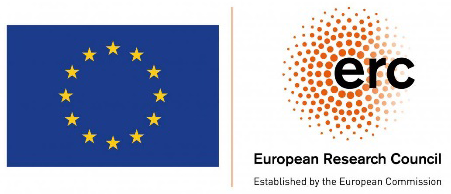
Webinar cycle in Hydrogeology and geochemistry
HYDROGEOLOGY GROUP (Associated Unit CSIC-UPC, Barcelona)
Date: Thursday, 20 May 2021
Starting time: 12:15pm (Central European Time)
Duration: 1h
Guest Speaker: Iman Vaezi Anzeha, PhD Student
Title: Numerical simulation of coupled processes in a single fracture employing a continuum approach
live in: https://meet.google.com/snb-qdkn-eex (free of charge)
Abstract:
Fractures control fluid flow and the coupled geomechanical response of geological media in many geo-engineering applications. For instance, fractures dominate fluid flow and deformation in enhanced geothermal systems, underground radioactive waste repositories and CO2 storage.
Coupled thermo-hydro-mechanical processes in rock masses are a result of perturbations in the pore pressure, as in fluid injection and/or production, and/or temperature, as in cold fluid injection and disposal of radioactive waste. For example, fractures open as a result of pore pressure increase, which simultaneously increases permeability and reduces overpressure.
Geo-engineering and geo-energy applications involve large portion of rock mass that include several fractures. Numerical computations of coupled processes occurring in rock masses while considering a large number of fractures pose several challenges. I will present a study in which we firstly focus on a simple problem to fully understand the hydro-mechanical behavior of a single fracture subjected to a constant injection flow rate.
We use the FEM software CODE_BRIGHT, which solves the thermo-hydro-mechanical governing equations in a fully coupled way. Since standard FEM can solve equations in continuum media, we investigate the behavior of a single fracture by analyzing the hydro-mechanical parameters that control the fracture response in continuum fashion. However, simulating fractures with the real aperture is not simply feasible, hence, we search the equivalent properties of thicker fractures that are more feasible to be discretized in large-scale models with several fractures.
Webinars will be recorded and made available one day after the talks in www.h2ogeo.upc.edu

